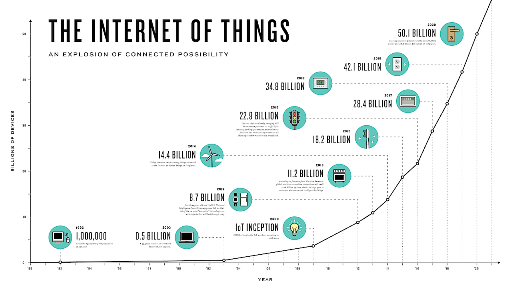Editor’s note: Alisa Hamilton is a freelance researcher and moderator at Harvest Insights, Atlanta.
I recently had a productive conversation with the new woman in my life, Alexa. You may be familiar with Alexa from her commercials co-starring Alec Baldwin. She is Amazon’s new brainchild living inside the Echo.
Alexa is part of the Internet of Things, which promises a world where a myriad of products connect to the Internet and to each other. These connected devices are growing exponentially and Gartner estimates there will be about 26 billion units by 2018, up from 0.9 billion in 2008. We can see examples all around us: Nest digital thermostats allowing us to control the temperature of our home remotely; Fitbits and FuelBands worn daily; WeMo switches creating mood lighting; and Dash buttons resupplying our stock of macaroni and cheese.

All of these products are important to our industry for two simple reasons:
- Voice-activated devices move people away from their computer, tablet and cell phone screens. That trend is important to marketing research companies that are primarily engaging with respondents on those screens.
- Connected devices are generating huge amounts of data. It’s the next generation of big data and our industry will be challenged to incorporate it into our future analyses.
At this point, it might be useful to think about a hypothetical project of the future and how connected objects might change our methodologies.
Scenario: Los Angeles is experiencing power shortages and the city wants to design a public service campaign and targeted advertising to address electricity consumption. The city hires Future Market Research Inc. (FMRI) to help its efforts.
Integrated technology solution: After winning the City of LA Power Usage project, FMRI recruits people with Amazon’s Alexa in the LA area to participate in a digital ethnography. Participants are sent WeMo light switches and a Nest thermostat. In exchange, they give FMRI permission to access their usage data for two weeks and agree to answer a few questions every night.
Traditionally, researchers would have sent participants an online survey or enrolled them in a digital bulletin board and crossed their fingers that they would participate. Instead, this project will use Alexa to administer the survey, meeting consumers where they are every day: in their homes, untethered to a screen.
Alexa makes it easier for participants to respond by recognizing when they are home and allowing them to multitask (wash dishes, clear the table, etc.) while they answer questions. Alexa’s artificial intelligence also allows the programmer to customize the questions based on responses, leading to a more conversational experience for the participant and a more insightful data set for the researcher. These responses are transcribed and linked with their power consumption data each day, giving FMRI a comprehensive picture of their story. Using more advanced sentiment and free text analysis programs, the researchers build a strong picture of electric usage in LA. In turn, the city knows what is driving electric usage, how to target its consumers and what messages will counteract power usage norms. Thus, a successful public service campaign is born.
As you can see from this example, the Internet of Things has the power to transform the way that we collect data from respondents. Voice-activated devices may move people away from their laptops, tablets and even smartphones – all the places where we have engaged with them. However, it also opens up new possibilities for data collection.
The Internet of Things will also provide us with new data streams, giving us a more intimate view into consumer behavior. This data can be a challenge or a boon to our industry depending on our willingness to embrace it and wrestle with the subsequent privacy issues related to it.
The bottom line is that the Internet of Things is here and expanding exponentially. We may not see its impact on our everyday projects but the scale of its growth and the breadth of its promise mean that we will need to understand it rapidly, adjust for it quickly and embrace it openly.
